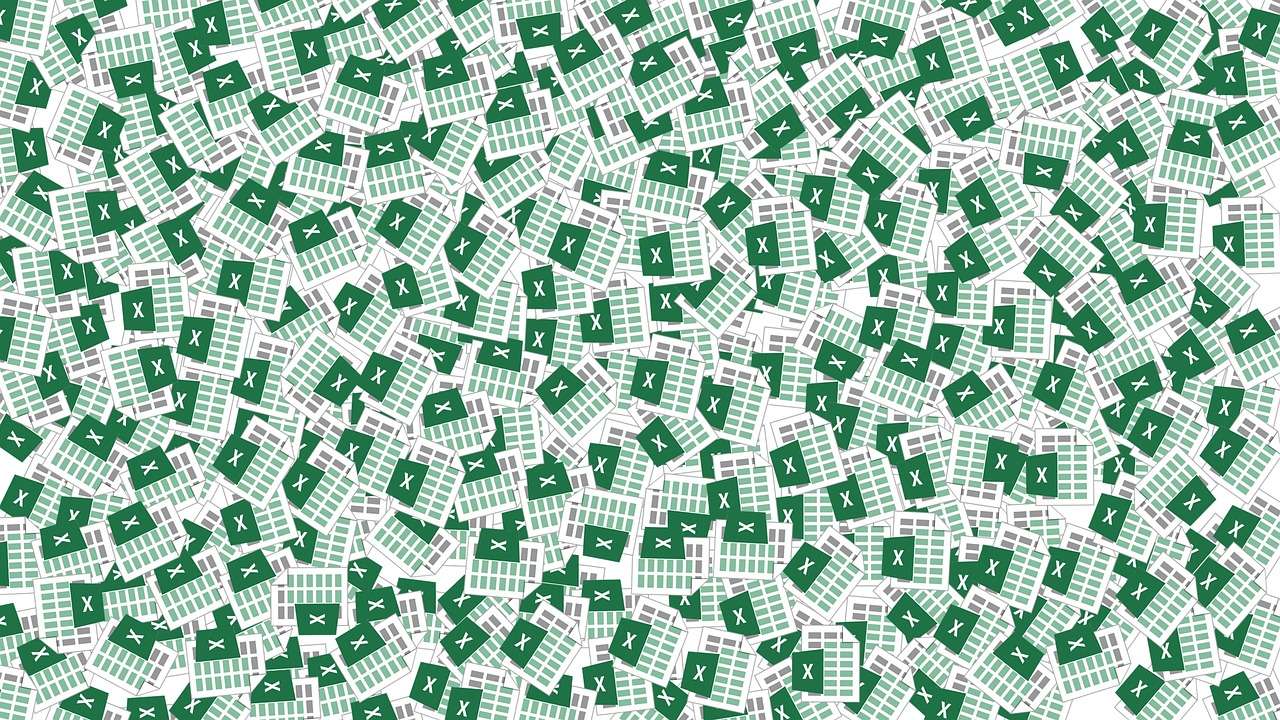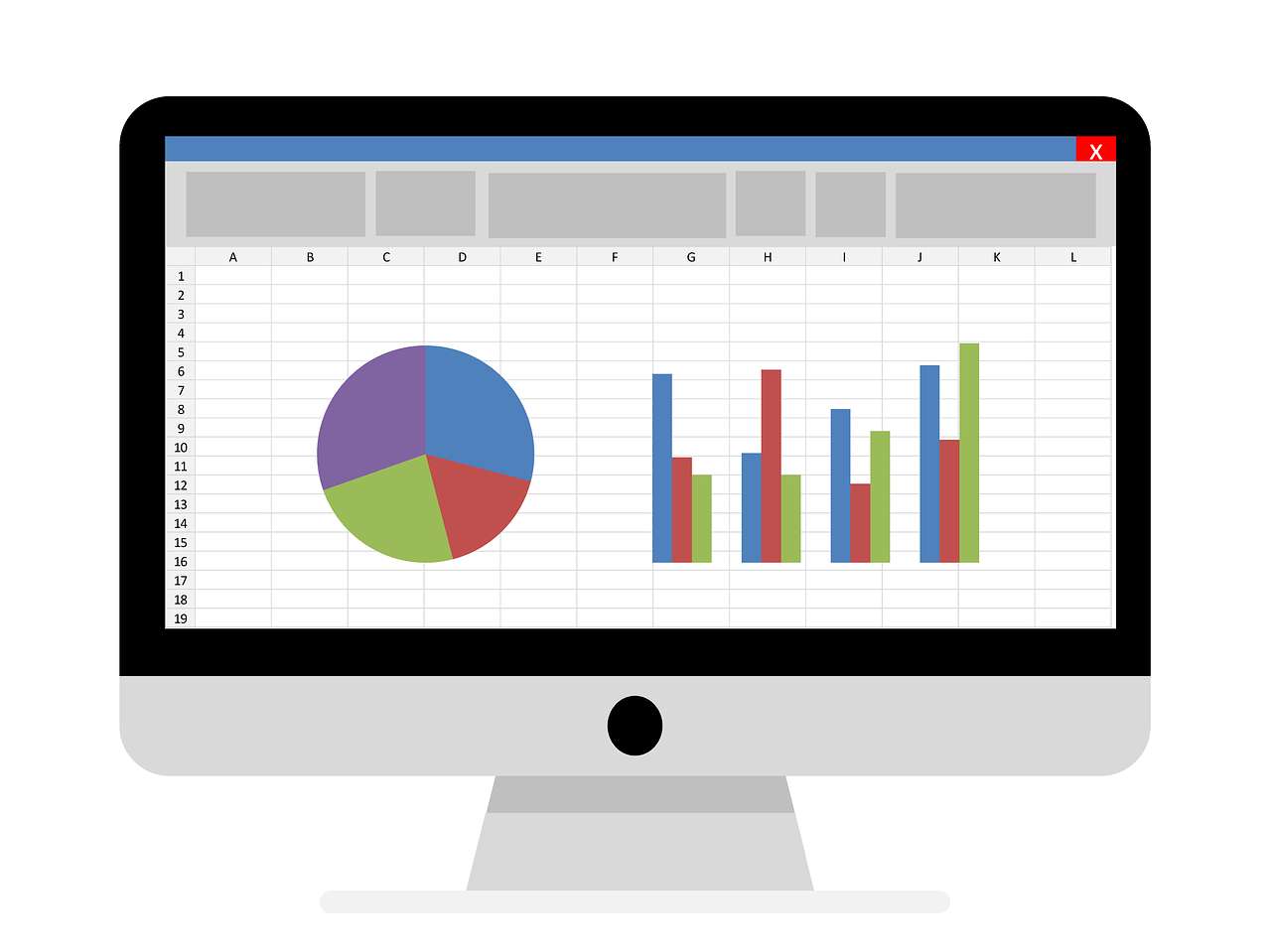Embark on a journey of knowledge! Take the quiz and earn valuable credits.
Take A QuizChallenge yourself and boost your learning! Start the quiz now to earn credits.
Take A QuizUnlock your potential! Begin the quiz, answer questions, and accumulate credits along the way.
Take A QuizDSSSB Cook Exam Tutorial

Overview
The Delhi Subordinate Services Selection Board (DSSSB) conducts the Cook exam to recruit skilled and qualified candidates for the post of Cook in various departments of the Delhi Government. The exam is a gateway for aspiring chefs to showcase their culinary skills and secure a reputable position in the public sector.
Eligibility Criteria
To be eligible for the DSSSB Cook exam, candidates must meet the following criteria:
- Age Limit: 18 to 40 years as of the last date of application (age relaxation for reserved categories as per government norms).
- Educational Qualification: Minimum Class 8th pass from a recognized board with at least one year of experience in cooking.
- Nationality: Indian citizen or other eligible categories as specified by the DSSSB.
Exam Pattern
The DSSSB Cook exam consists of two stages:
Stage 1: Written Exam
- Objective-type Multiple Choice Questions (MCQs)
- Two sections: General Awareness and Professional Knowledge
- 1 hour and 30 minutes duration
- 100 marks
Stage 2: Skill Test (Practical)
- Practical Demonstration of Culinary Skills
- Preparation and presentation of a specific dish/menu
- Time and marks awarded based on the complexity of the dish
Syllabus
General Awareness:
- Current affairs (national and international)
- General knowledge (history, geography, science, culture)
- Indian polity and governance
- Economics and social issues
Professional Knowledge:
- Principles of cooking, kitchen operations, and food safety
- Cooking techniques, ingredients, and equipment
- Indian cuisine, regional specialties, and international flavors
- Menu planning, costing, and food presentation
- Food hygiene and sanitation
Study Plan
To prepare effectively for the DSSSB Cook exam, candidates should follow a structured study plan:
- General Awareness: Read newspapers, magazines, and online sources to stay updated on current events and general knowledge.
- Professional Knowledge: Refer to textbooks, culinary manuals, and online resources to enhance your understanding of cooking principles and techniques.
- Practice MCQs: Solve mock tests and practice questions to familiarize yourself with the exam pattern and improve your time management skills.
- Skill Development: Practice cooking various dishes to gain proficiency in your culinary abilities.
- Mock Practical Tests: Participate in mock practical tests to simulate the actual exam environment and receive feedback on your skills.
- Time Management: Practice answering MCQs within the stipulated time limit and allocate time wisely for different sections and questions.
Additional Tips
- Stay informed about exam updates and notifications by visiting the official DSSSB website.
- Join study groups or seek guidance from experienced chefs.
- Be confident and maintain a positive attitude during the exam.
- Prepare well-presented and flavorful dishes during the practical skill test.
By following this comprehensive study plan and adhering to the eligibility criteria and exam pattern, candidates can increase their chances of success in the DSSSB Cook exam and secure a lucrative career in the culinary field.
FAQs
-
What is the age limit for the DSSSB Cook exam? Age limit is 18 to 40 years.
-
What is the minimum educational qualification for the DSSSB Cook exam? Minimum Class 8th pass from a recognized board with at least one year of experience in cooking.
-
How many stages are there in the DSSSB Cook exam? Two stages: Written Exam and Skill Test (Practical).
-
What is the duration of the written exam? 1 hour and 30 minutes.
-
How many marks is the written exam? 100 marks.
-
What are the sections in the written exam? General Awareness and Professional Knowledge.
-
What is the format of the practical skill test? Candidates have to demonstrate their culinary skills by preparing and presenting a specific dish/menu.
-
What is the syllabus for the written exam? General Awareness includes current affairs, general knowledge, Indian polity and governance, economics and social issues. Professional Knowledge includes principles of cooking, kitchen operations, food safety, cooking techniques, ingredients, equipment, Indian cuisine, regional specialties, international flavors, menu planning, costing, food presentation, food hygiene and sanitation.
-
What is the best way to prepare for the DSSSB Cook exam? Follow a structured study plan, practice MCQs, and gain proficiency in culinary skills through practice.
-
Where can I find more information about the DSSSB Cook exam? Visit the official DSSSB website for exam updates and notifications.
Posted on 12 Sep 2024, this text provides information on DSSSB Cook. Please note that while accuracy is prioritized, the data presented might not be entirely correct or up-to-date. This information is offered for general knowledge and informational purposes only, and should not be considered as a substitute for professional advice.
Ghanshyam 1 year ago
there is a mistake in your tutorial please check
Ghanshyam 1 year ago
noGhanshyam 1 year ago
usefull !Gauraav Tyagii 1 year ago
Good Content
Gauraav Tyagii 1 year ago
yesSimilar Tutorials

Advanced Excel Charts Tutorial: How to Create Prof...
Learn how to create professional charts in Excel with our advanced Excel charts tutorial. We'll show...

Advanced Excel Functions: Tips and Tricks for Boos...
Are you tired of spending hours working on Excel spreadsheets, only to find yourself stuck on a prob...

Apache Flume Tutorial: An Introduction to Log Coll...
Apache Flume is a powerful tool for collecting, aggregating, and moving large amounts of log data fr...
Explore Other Libraries
Related Searches
Please allow ads on our site
Please log in to access this content. You will be redirected to the login page shortly.
Login
Join Our Community Today
Ready to take your education and career to the next level? Register today and join our growing community of learners and professionals.

Your experience on this site will be improved by allowing cookies. Read Cookie Policy
Your experience on this site will be improved by allowing cookies. Read Cookie Policy


Comments(3)